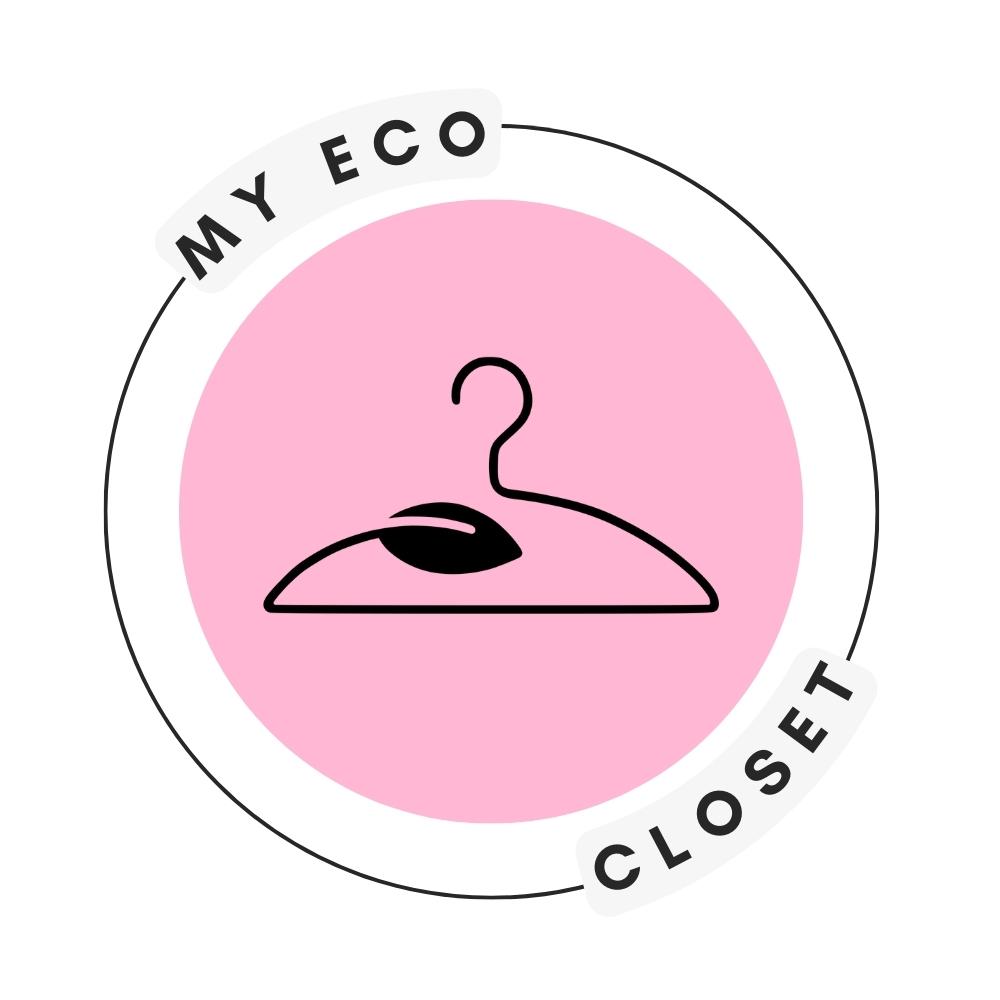Socks are more than just foot coverings — they impact comfort and health. While synthetic fabrics trap moisture, natural materials like bamboo allow your feet to breathe. However, are bamboo socks really the perfect choice? Let’s explore the advantages and disadvantages of bamboo socks, from comfort to sustainability.
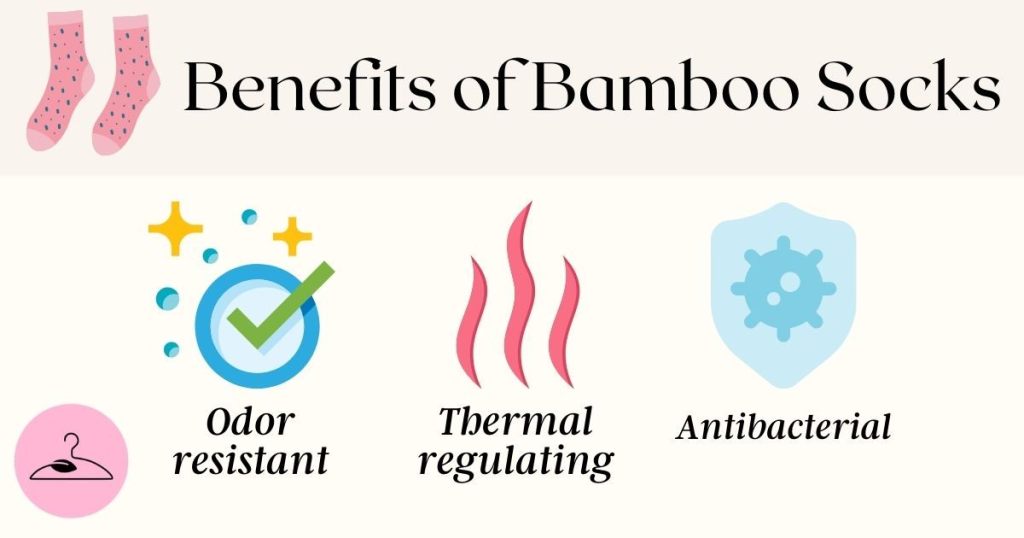
Why Is Bamboo Ideal for Socks?
Bamboo is naturally moisture-wicking, unlike synthetic fibers that require chemical finishes to perform. It’s also hypoallergenic, antibacterial, thermoregulating, and breathable — making it the perfect material for socks. Here’s why bamboo socks should be in your wardrobe:
Antibacterial & Hygienic
Bamboo is naturally antibacterial, making it ideal for products that touch the skin, like socks. Research shows bamboo fibers outperform cotton in fighting bacteria, which helps prevent infections and irritation. Plus, bamboo socks offer deodorization, thermoregulation, and antistatic benefits, keeping your feet healthy and fresh.
Durability
Bamboo is a strong, long-lasting material used for thousands of years. It can withstand wear and tear, ensuring your socks last longer, even with daily use.
Antifungal Properties
Bamboo contains “bamboo kun,” a natural antimicrobial agent that fights fungi, repels bacteria, and eliminates odors. This keeps your socks fresh and protects your feet over time.
PRO Tip: When shopping for bamboo socks, look for those that include bamboo kun to ensure maximum protection against bacteria and odors.
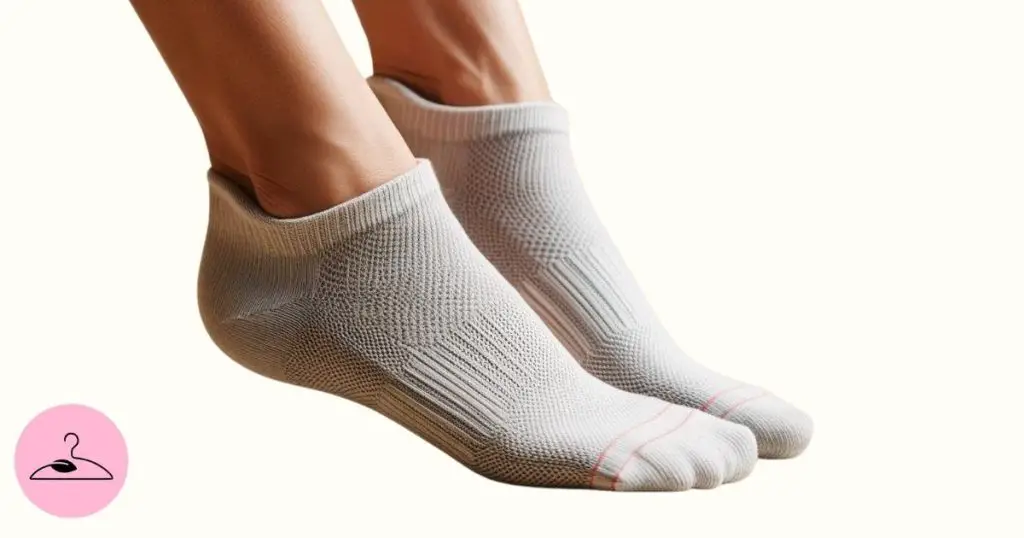
Bamboo Socks Aid in Diabetes Care
It might not be the first thing that comes to mind, but bamboo socks can actually benefit people with diabetes. Since high blood sugar can affect circulation and nerve health, proper foot care is essential for diabetes.
Bamboo socks offer key features that help combat the symptoms of diabetes. Their moisture-wicking fabric keeps feet dry, reducing the risk of blisters and wounds, while natural antimicrobial properties help prevent bacteria and fungal growth. Plus, their ultra-soft texture minimizes friction, and the gentle stretch provides a snug fit without restricting blood flow.

Do Bamboo Socks Actually Last?
Surprisingly, yes — bamboo socks can outlast your go-to cotton pairs, holding up for 2 to 3 years with proper care. But their durability isn’t just about time: it’s about resilience.
Why Do Bamboo Socks Last?
🔥 Tough Fibers – Bamboo fibers are naturally strong and elastic, resisting wear and tear even after countless washes.
💧 Sweat-Proof Advantage – They wick away moisture, keeping bacteria (and stink) at bay, which helps prevent fabric breakdown.
🔗 Smart Blends – Many bamboo socks are mixed with spandex or organic cotton, adding extra stretch and longevity.
Bottom line? If you take care of them, bamboo socks won’t just last — they’ll stay comfy and fresh for years to come.
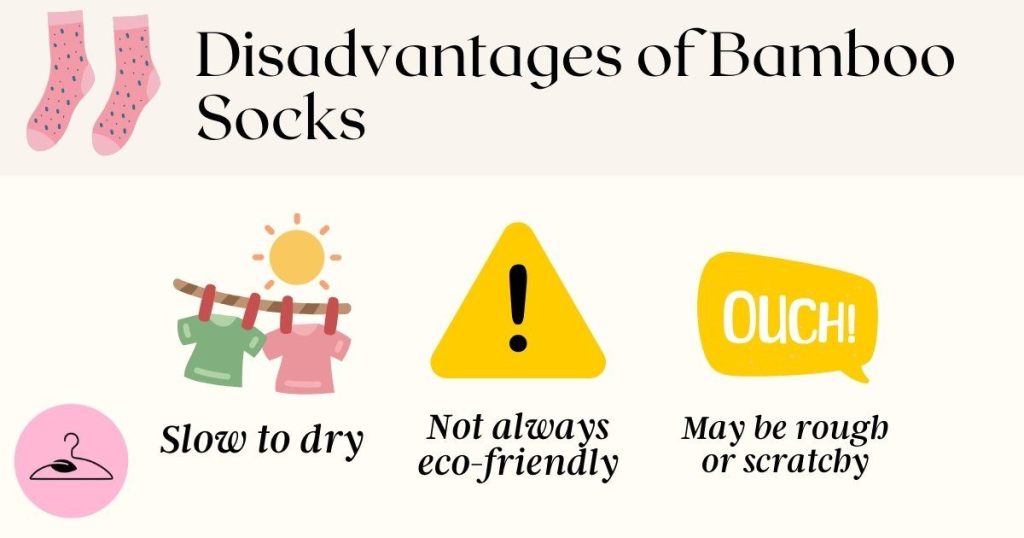
What Are the Disadvantages of Bamboo Socks?
Bamboo socks can be pricey and require special care to prevent shrinkage. They take longer to dry than cotton socks, which can be inconvenient when air-drying. If you don’t follow care instructions, they may shrink or lose shape.
1. Bamboo Socks Are Slow to Dry
The biggest practical disadvantage of organic bamboo socks is that they take longer to dry. Because bamboo fabric holds onto moisture more than wool, linen, or cotton, air-drying can be frustrating — especially if you prefer an eco-friendly laundry routine.
Drying them in the sun can help, or you can use a low-heat machine setting to speed things up.
2. Bamboo Often Hides Greenwashing
Sustainability is another concern. Many brands market bamboo as an eco-friendly miracle fabric, but the truth is more complicated. Turning tough bamboo stalks into soft yarn often requires harsh chemicals like sulfuric acid and sodium hydroxide (also known as lye), which strip away some of the fabric’s natural antimicrobial properties.
If sustainability is a priority, look for bamboo socks certified by the GOTS standard, ensuring at least 70% organic fibers and stricter environmental regulations.
3. Real Bamboo Has a Rough Texture
Among the disadvantages of bamboo socks, the biggest one lies in its texture. Truly organic bamboo fabric feels rougher, while the silky, soft bamboo socks you often see are actually made from rayon or viscose — materials that undergo heavy chemical processing.
The production of rayon involves toxic substances like carbon disulfide and sodium hydroxide, which pose serious health risks. These risks span from immune system damage to cancer. So, despite its plant origin, rayon (or conventional bamboo) is far from natural. True bamboo fabrics, on the other hand, are processed with safe, natural enzymes — no harmful chemicals involved.
Hence, if a brand claims their bamboo socks are ultra-smooth, they’re likely using synthetic rayon or viscose. 100% organic bamboo should feel rough to the touch, so any “silky” claims are a red flag.
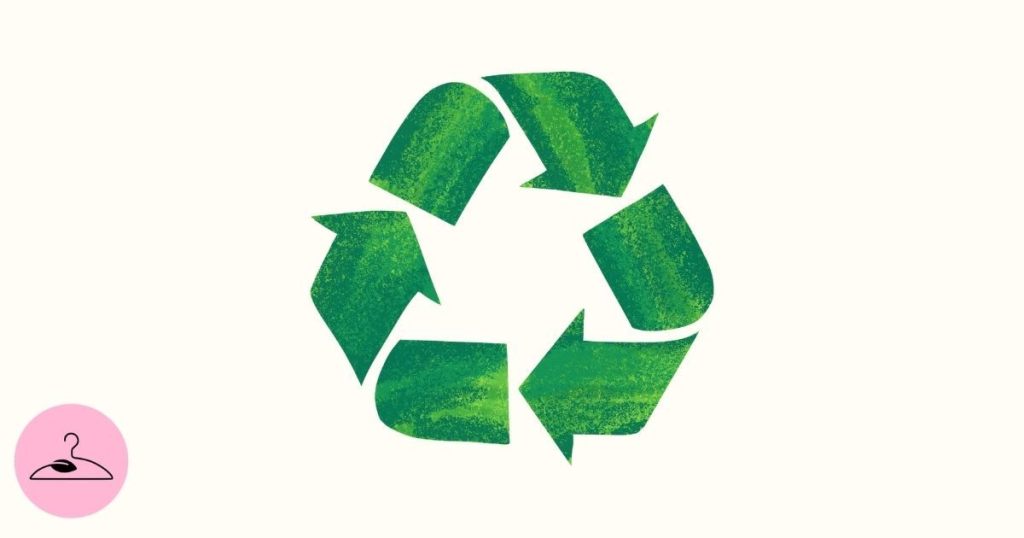
Is Bamboo a Sustainable Material for Socks?
Bamboo is a top choice for eco-friendly textiles. Unlike cotton, organic bamboo grows without pesticides, making it a sustainable option. It’s fast-growing, inexpensive, and thrives in tropical climates, typically harvested every 3-4 years.
After being harvested, bamboo is transformed into soft yarn without using significant resources — assuming no chemicals are involved in production.
Mechanical vs Chemical Manufacturing
Bamboo socks can feel soft or stiff depending on the manufacturing process, but it’s often hard to tell which one is used. For maximum antibacterial benefits, opt for mechanically manufactured bamboo, as it retains the natural ‘micro gaps’ of the textile and its inherent structure. Besides, it is more environmentally friendly due to the lack of chemical processing.
PRO Tip: Always investigate the manufacturing process to ensure you’re getting truly sustainable bamboo socks.

Frequently Asked Questions
Fashion retailers claim that many bamboo products, including socks, are antifungal while providing little to no evidence to back it up. Yet, they refuse to disclose information on how the bamboo is sourced, making it impossible to investigate the antifungal properties of the textiles that they use.
Research shows that feet contain more sweat glands than any other area of your body. For this reason, the moisture-wicking, antifungal, and antibacterial properties of bamboo socks are the secret to happy feet.
While both fabrics feature thermoregulatory properties, wool socks are considered to be warmer than bamboo ones. The former have better insulation properties, however, are not as moisture-wicking.
To maintain their longevity, you should wash bamboo socks by hand in lukewarm or cold water. Avoid aggressive rubbing and friction, only using gentle, pH-neutral detergents that are suitable for delicate fabrics.
Assuming that you follow care instructions carefully, bamboo socks can last you for a year or longer with regular use. However, in case of stretching, shrinking, or staining, it’s reasonable to replace them faster.
Yes, but only if they’re organic. Organic bamboo socks are hypoallergenic, sustainable, and biodegradable. Unlike rayon or conventional bamboo, organic bamboo doesn’t require pesticides or fertilizers due to its natural resistance to pests. They also feature moisture-wicking properties, keeping feet dry and healthy.
Yes, organic bamboo socks are excellent for diabetics. They’re soft, breathable, and help prevent moisture buildup. Unlike regular bamboo, organic bamboo is processed without harsh chemicals, reducing irritation and supporting circulation with non-binding, seamless designs—ideal for sensitive or neuropathic feet.
Yes, organic bamboo socks are great for winter. They naturally insulate while staying breathable, keeping feet warm but not sweaty. Organic bamboo retains more natural properties than regular bamboo, offering comfort, odor control, and moisture-wicking for dry, cozy feet in colder weather.
